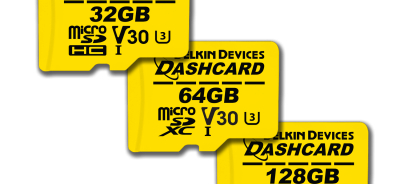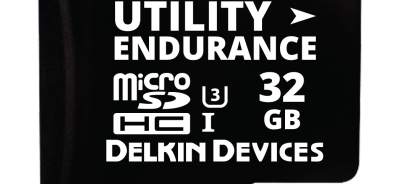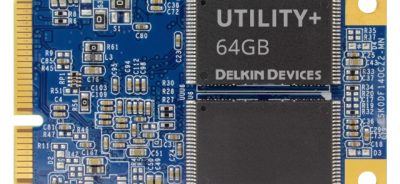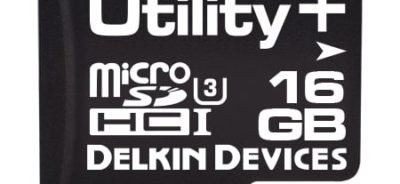Comparing SLC vs. MLC vs. TLC
When choosing flash memory, one of the choices you will need to make is between SLC vs. MLC vs. TLC flash. Although these grades of NAND flash storage work on the same principles, the way they save data is different, which makes each one best suited for different kinds of applications. Here is a look at how these flash memory grades differ and which applications each will perform best.
SLC
Single-level cell flash, or SLC, is a type of NAND flash in which one bit of data is stored per cell. Storing only one bit of data per cell makes SLC flash exceedingly reliable, since there is less risk of data loss when only a single bit has to be written on each cell. For this reason, SLC flash is typically used in industrial applications that operate in demanding conditions and that have a heightened need for data security. Because of the increased reliability and large manufacturing geometries, SLC is the most costly kind of flash storage on the market. For industrial applications, the additional expenditure is typically worth the investment for the increase in data security and rugged operation capabilities.
MLC
MLC stands for multi-level cell flash. With this kind of flash storage, two bits of data are stored on each cell. In order to store two bits of data, MLC flash has to use four different voltage states. Because of the number of voltage states used, MLC flash is inherently more prone to read disturbs, data corruption, and power loss. Cell cross talk is also a concern. For these reasons, MLC flash is generally found in commercial grade products, where the need for data protection is not as great. The lower price of MLC flash makes it a good fit for products with price-driven demand.
TLC
TLC, or triple-level cell NAND flash, stores three bits of data per cell. There are eight voltage states used in TLC flash, which further increases the risk of data loss and cell cross talk. However, the price point of TLC flash is the lowest of these three forms, which makes it ideal for consumer grade products. Many camera cards and consumer USBs rely on TLC for their memory needs.
Choosing the appropriate flash memory for your application is challenging. Delkin’s team can help you weigh up SLC vs. MLC. vs. TLC for your specific needs. Contact us today with your questions.
 Login
Login Register
Register












